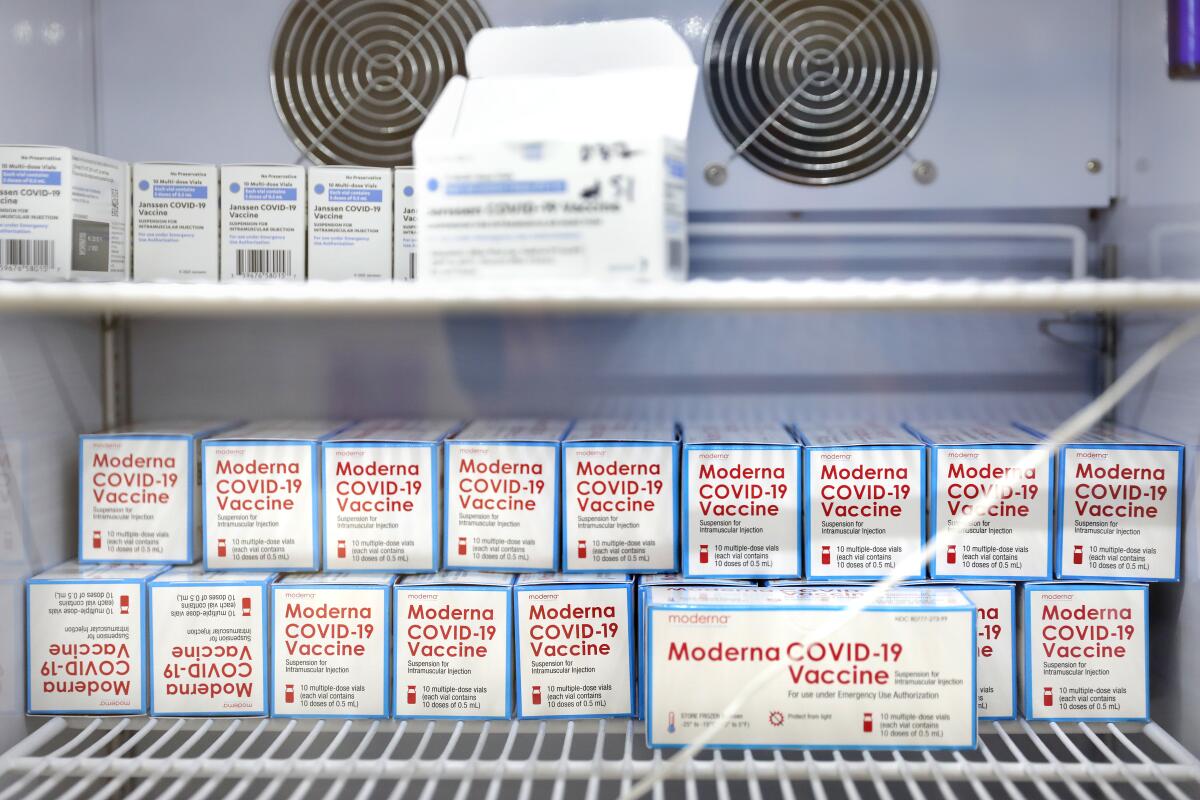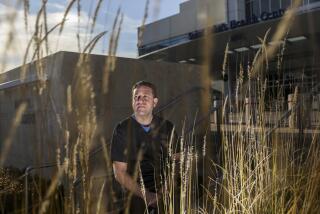Letters to the Editor: To boost vaccination, stop showing needles plunged into arms

- Share via
To the editor: I was delighted to take my first opportunity to get the COVID-19 vaccine. It was as if a weight was lifted from my shoulders to know I was on my way to being protected from this awful pandemic. (“They are L.A.’s last hope for converting scores of COVID-19 vaccine skeptics,” May 22)
Still, I find it discomforting to look at any needle going into my arm. Instead, I looked into the eyes of the kind volunteer who administered the shot.
Almost every public service message I have seen about the COVID vaccine shows a needle being plunged deep into someone’s bare arm. I believe this is contributing to the vaccine hesitancy we are seeing today.
Could we please have messaging that shows eyes locking and crinkling into smiles above the masks as the vaccines are being given? This would convey the profound feeling of relief upon being vaccinated instead of adding to people’s fear of needles.
Sara Gayl, Long Beach
..
To the editor: Those who are on the fence about getting a COVID-19 vaccine are concerned about lingering affects.
Well, one thing is certain: An unvaccinated person’s chances of catching the virus are higher than for vaccinated people, and possible effects include extreme illness and death.
So I’d think the lingering effects of catching COVID-19 far outweigh any vaccination side effects. I’d rather take my chances being vaccinated than not.
P.S. Hayes, Long Beach
..
To the editor: Smallpox, then the world’s greatest killer, triggered the development of the world’s first vaccine in 1796, by British physician Edward Jenner.
Resistance was instant. “Resist the forcing of dead corruption into the blood of children,” one prominent opponent proclaimed. There was significant religious opposition as well as harsh political rhetoric in places where getting the vaccine was legally required.
The resistance and language of vaccine deniers has not changed over time. This might lend perspective to the present anti-vaccination movement.
Jeff Denker, Malibu
More to Read
A cure for the common opinion
Get thought-provoking perspectives with our weekly newsletter.
You may occasionally receive promotional content from the Los Angeles Times.







